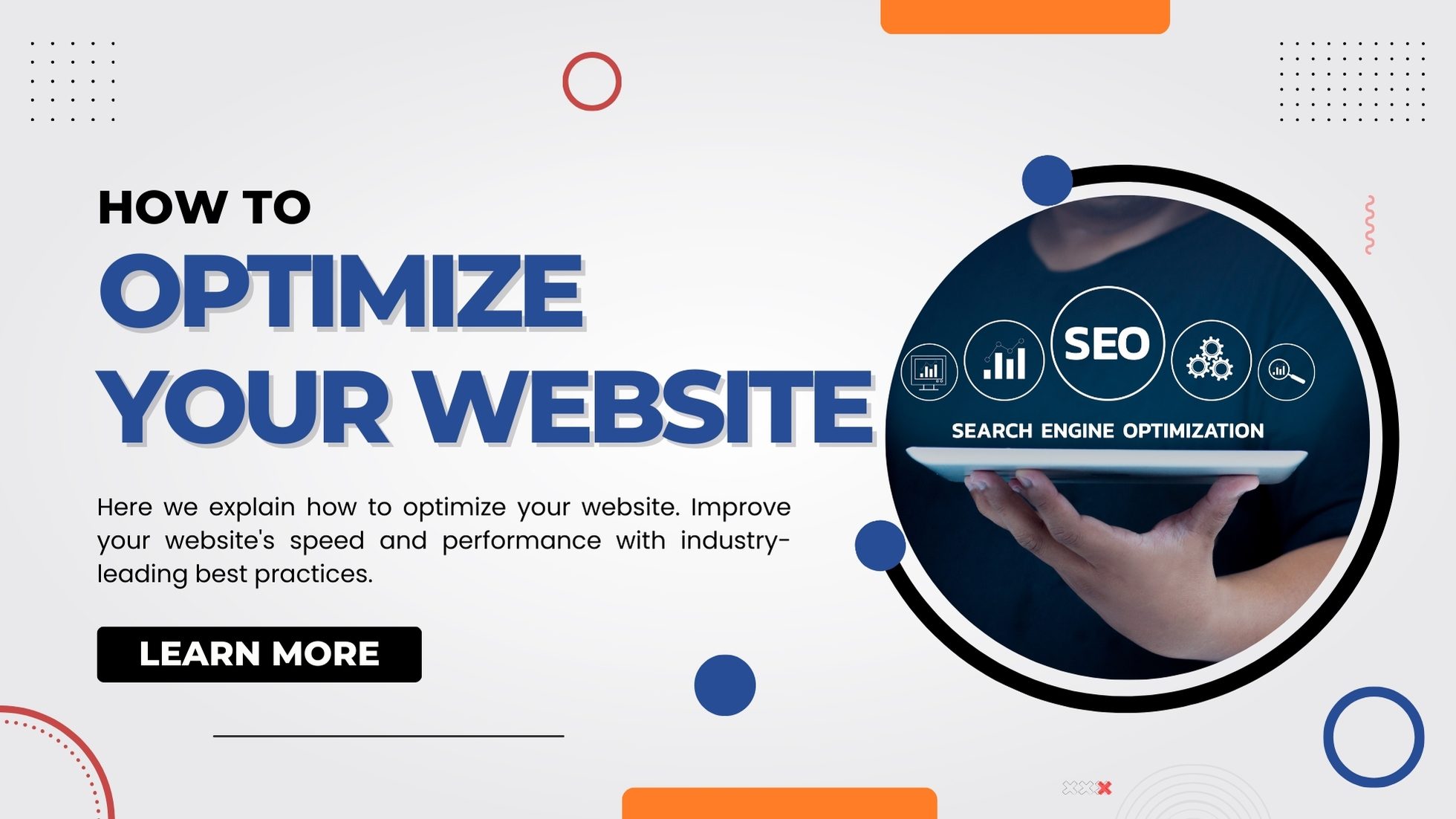CPI Love: Celebrating Passion and Progress
Explore the vibrant world of CPI and discover insights, stories, and news that ignite your passion.
Speed Demons: How to Supercharge Your Website's Performance
Unlock blazing-fast website speeds! Discover expert tips to supercharge your site's performance and boost your online success today.
10 Essential Tips to Boost Your Website Speed
Improving your website speed is crucial for enhancing user experience and boosting your search engine visibility. Here are 10 essential tips to help you optimize your website:
- Optimize Images: Compress images to reduce their size without losing quality. Use formats like JPEG for photographs and PNG for graphics with fewer colors.
- Minimize HTTP Requests: Limit the number of elements on your page to decrease the requests made to the server. Combine CSS and JavaScript files where possible.
- Enable Browser Caching: Allow users' browsers to store some data locally, which reduces load times for repeat visitors.
- Use a Content Delivery Network (CDN): Distribute your content across various servers to provide faster access for users, regardless of their location.
- Minify CSS and JavaScript: Remove unnecessary spaces, comments, and characters to streamline your code.
- Reduce Server Response Time: Optimize your web server and choose a reliable hosting service to ensure quick responses.
- Utilize GZIP Compression: Enable GZIP compression to reduce the size of your files before they are sent to the browser.
- Implement Lazy Loading: Load images and videos only when they are in the viewport to improve initial page load speed.
- Avoid Redirects: Each redirect creates additional HTTP requests and delays page loading.
- Regularly Audit Your Site: Use tools to periodically check your website's speed and identify any areas for improvement.

Common Website Performance Pitfalls and How to Avoid Them
Website performance is critical for retaining visitors and improving search engine rankings. One common pitfall is having large images that take too long to load. To avoid this, ensure that all images are properly compressed and optimized for the web. Tools like image compressors and the use of formats like WebP can significantly reduce image sizes without sacrificing quality. Additionally, another prevalent issue is the lack of caching mechanisms. By implementing browser caching and utilizing Content Delivery Networks (CDNs), you can greatly speed up load times and ensure your website performance remains optimal for users around the globe.
An additional website performance pitfall is the overuse of plugins, especially in platforms like WordPress. Too many plugins can lead to increased load times and potential conflicts. To avoid this, regularly audit your plugins and remove any that are unnecessary or redundant. Furthermore, poor coding practices can also impact performance. It’s essential to ensure that your website’s code is clean and well-structured. Using tools like Google PageSpeed Insights can provide valuable insights into code-related issues and help you enhance your website performance.
Is Your Website Too Slow? Here’s How to Diagnose Performance Issues
If you've noticed a drop in user engagement or higher bounce rates, your website's loading speed might be the culprit. To get started with diagnosing performance issues, consider utilizing tools like Google PageSpeed Insights or GTmetrix. These tools not only provide you with an overall performance score but also highlight specific factors that may be slowing your site down, such as large image files, excessive JavaScript, or the use of outdated plugins. Analyzing these metrics gives you a clearer picture of where to focus your optimization efforts.
Another important aspect to consider is your web hosting environment. Sometimes, the performance issues may stem from your server's capabilities rather than your website itself. Evaluate your current hosting plan—shared hosting may be sufficient for smaller sites, but as your traffic grows, you might need to upgrade to VPS or dedicated hosting for better performance. Additionally, implementing a Content Delivery Network (CDN) can significantly enhance load times for users located far from your server's physical location, ensuring a smoother experience across the board.